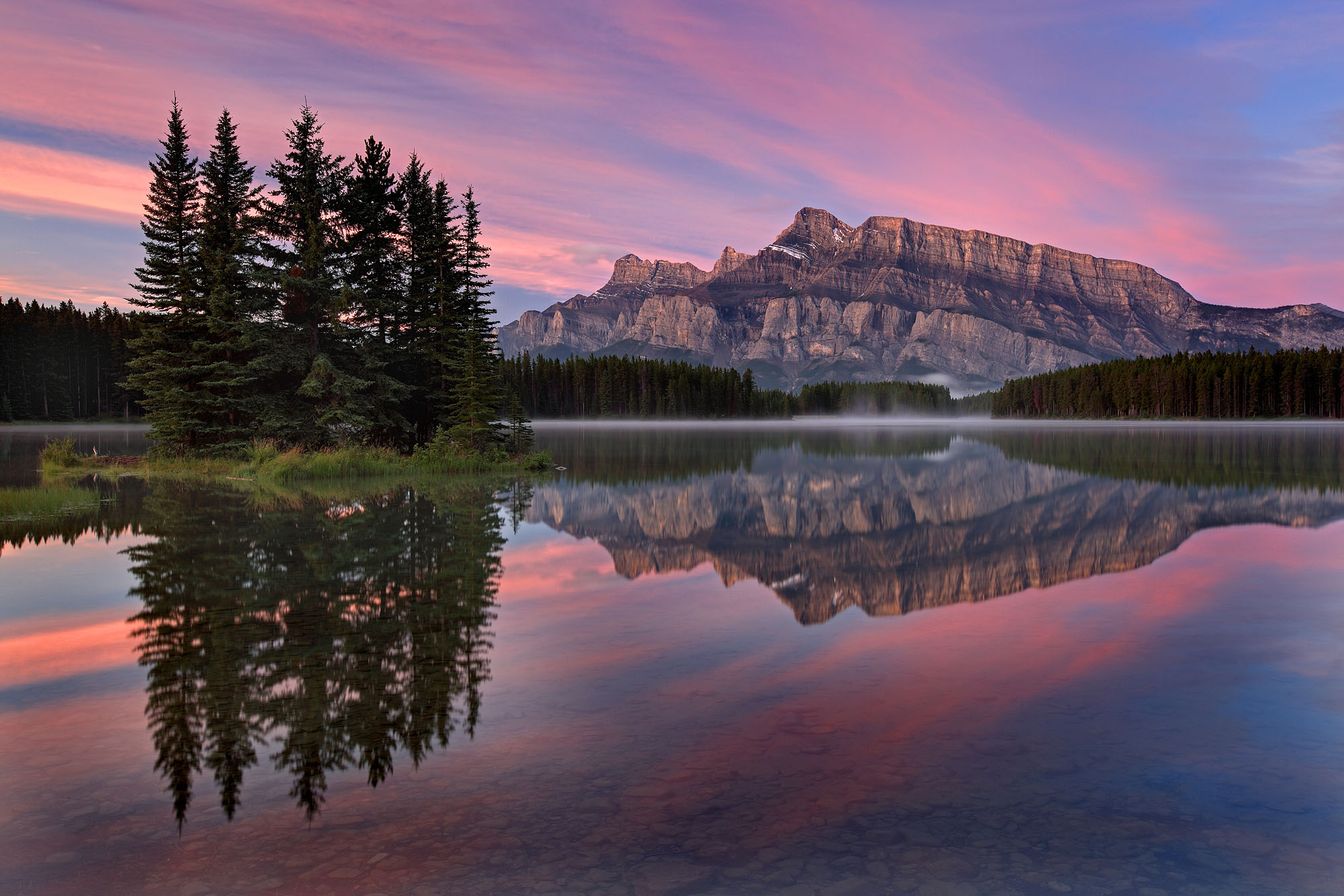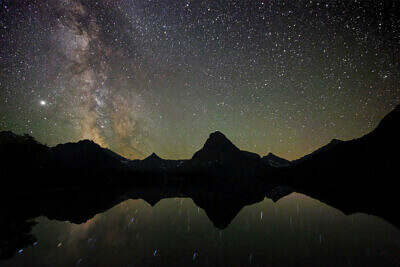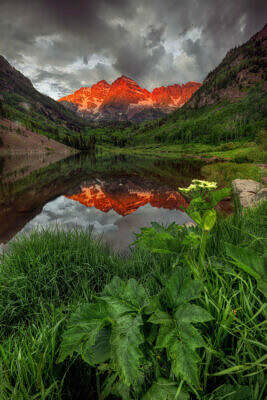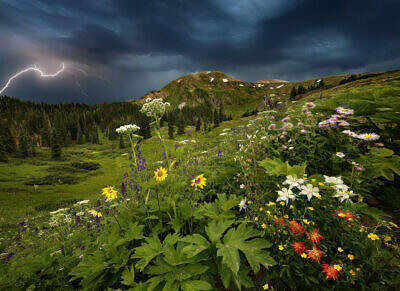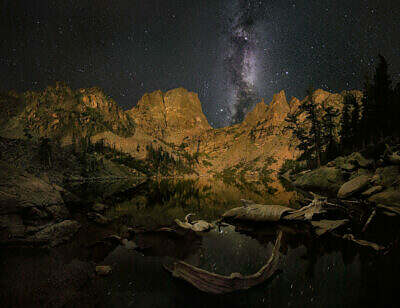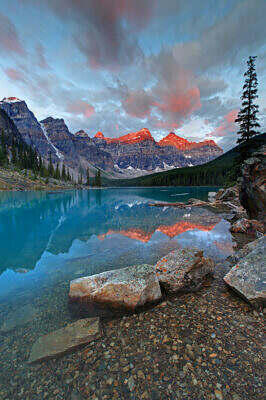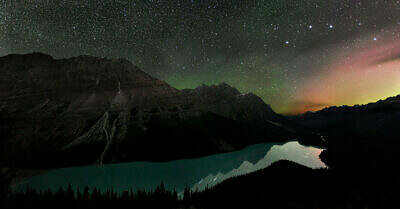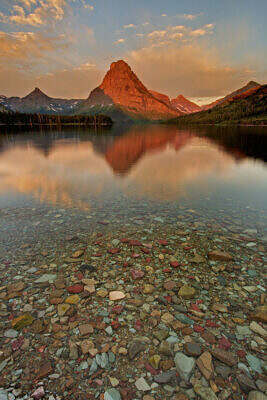A beautiful sunrise with high cirrus clouds of an approaching storm illuminates Mount Rundle in the Canadian Rocky Mountains, which is reflected in Two Jack Lake near Banff. In the cold morning air flat fog rises above the lake.
These sun rays lighting up the sky, reflecting in the lake and on the mountains in the morning quietude was really a moment to remember.
-
Two Jack Lake with Mount Rundle in the Canadian Rocky Mountains
Moments to Remember
- Grand Teton Skyline
- Patterns in the Void
- Only a Memory Remains
- Oh Be Joyful
- The Wild Embracing Silence
- Valley of the Ten Peaks
- Above and Beyond
- Ancient Shorelines

